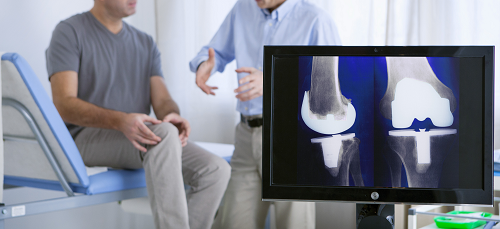
April 30, 2021 – CMS issued a final rule to extend and make changes to the CJR model.
The final rule revises the episode definition, payment methodology, and makes other modifications to the model to adapt the CJR model to changes in practice and fee-for-service payment occurring over the past several years.
CMS said that the changes in practice and payment are expected to limit or reverse early evaluation results demonstrating the CJR model’s ability to achieve savings while sustaining quality. The agency says that the rule “provides the time needed to test modifications to the model by extending the CJR model for an additional three performance years through December 31, 2024 for certain participant hospitals.”
The CJR model is a Medicare Part A and B payment model test, led by the CMS Innovation Center, in which all providers and suppliers are paid under the usual payment system rules and procedures of the Medicare program throughout the year for episodes of care for lower extremity joint replacement or reattachment of a lower extremity (collectively referred to as LEJR).
The final rule revises the definition of a CJR episode to now include lower extremity joint replacement procedures performed in the hospital outpatient department in light of changes to the Outpatient Prospective Payment System (OPPS) in patient only list policies over the past several years.
This final rule also makes a number of changes to the target price calculation. Additionally, CMS finalized a number of changes to the reconciliation process. The final rule revises the process from two reconciliation periods (conducted 2 and 14 months after the close of each performance year) to one reconciliation period to be conducted six months after the close of each performance year.
The rule also added an episode-level risk adjustment beyond fracture status and a retrospective trend adjustment factor. Reconciliation changes include high episode spending cap calculation methodology and quality discount factors applicable to participants with excellent and good quality scores to better recognize high quality care.
